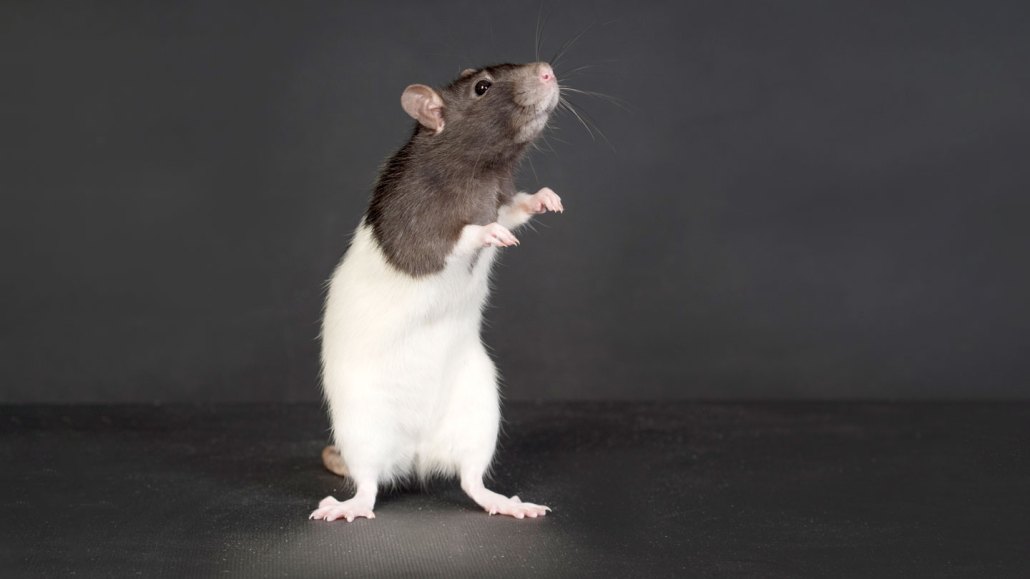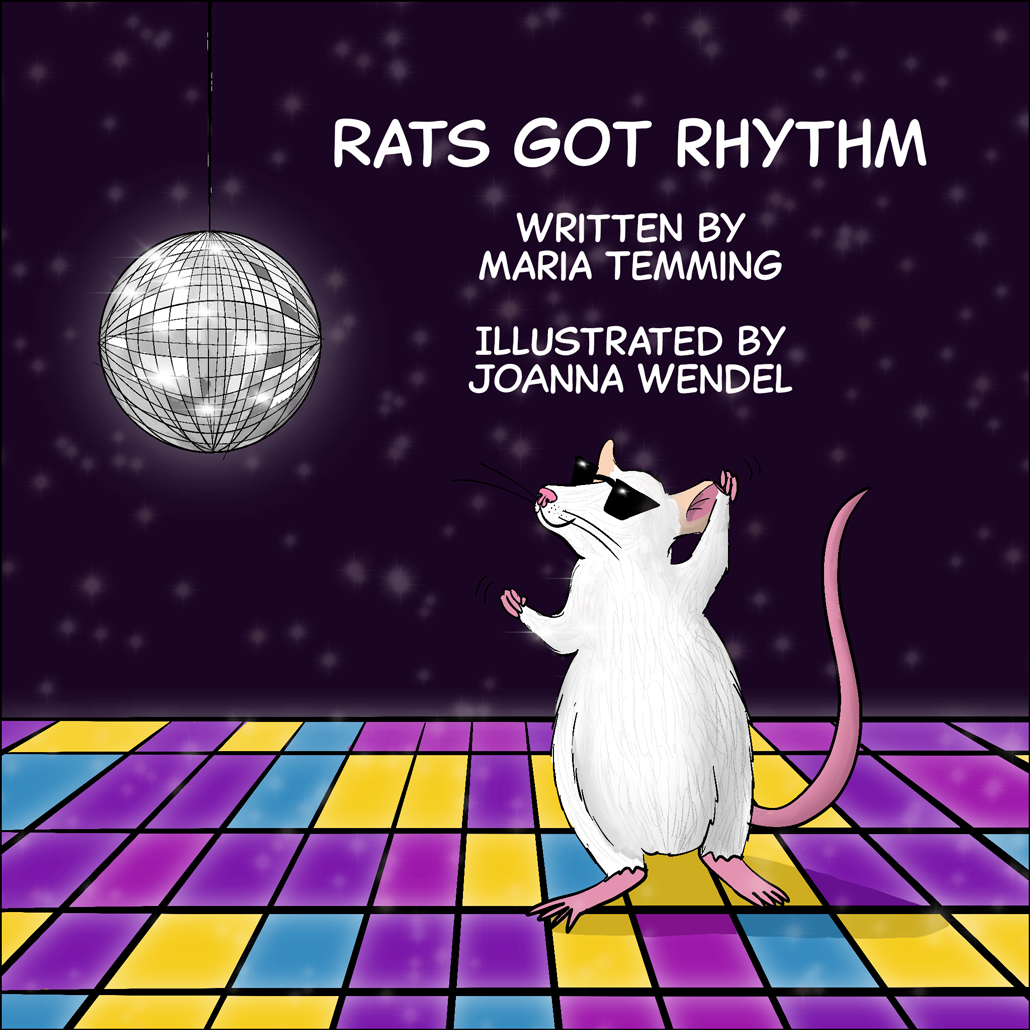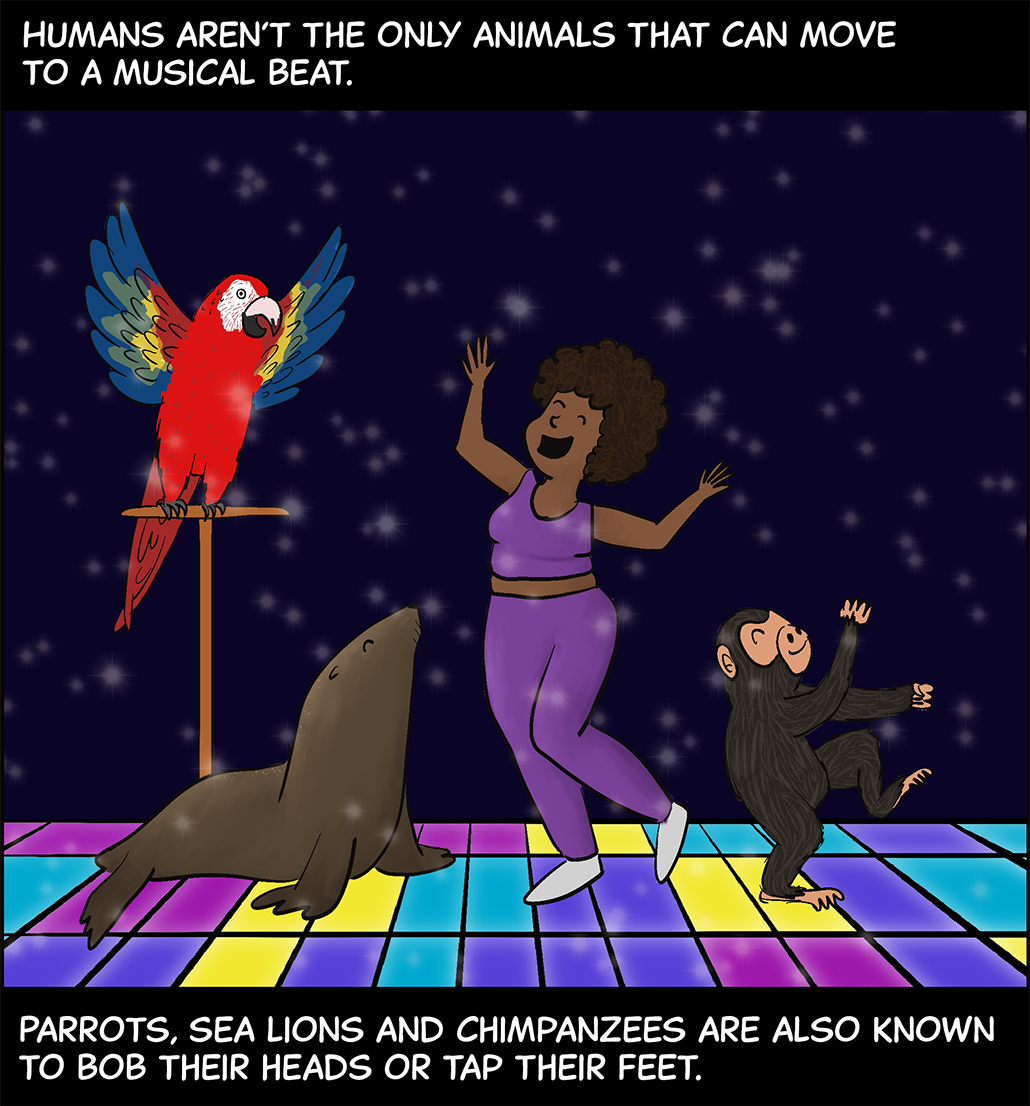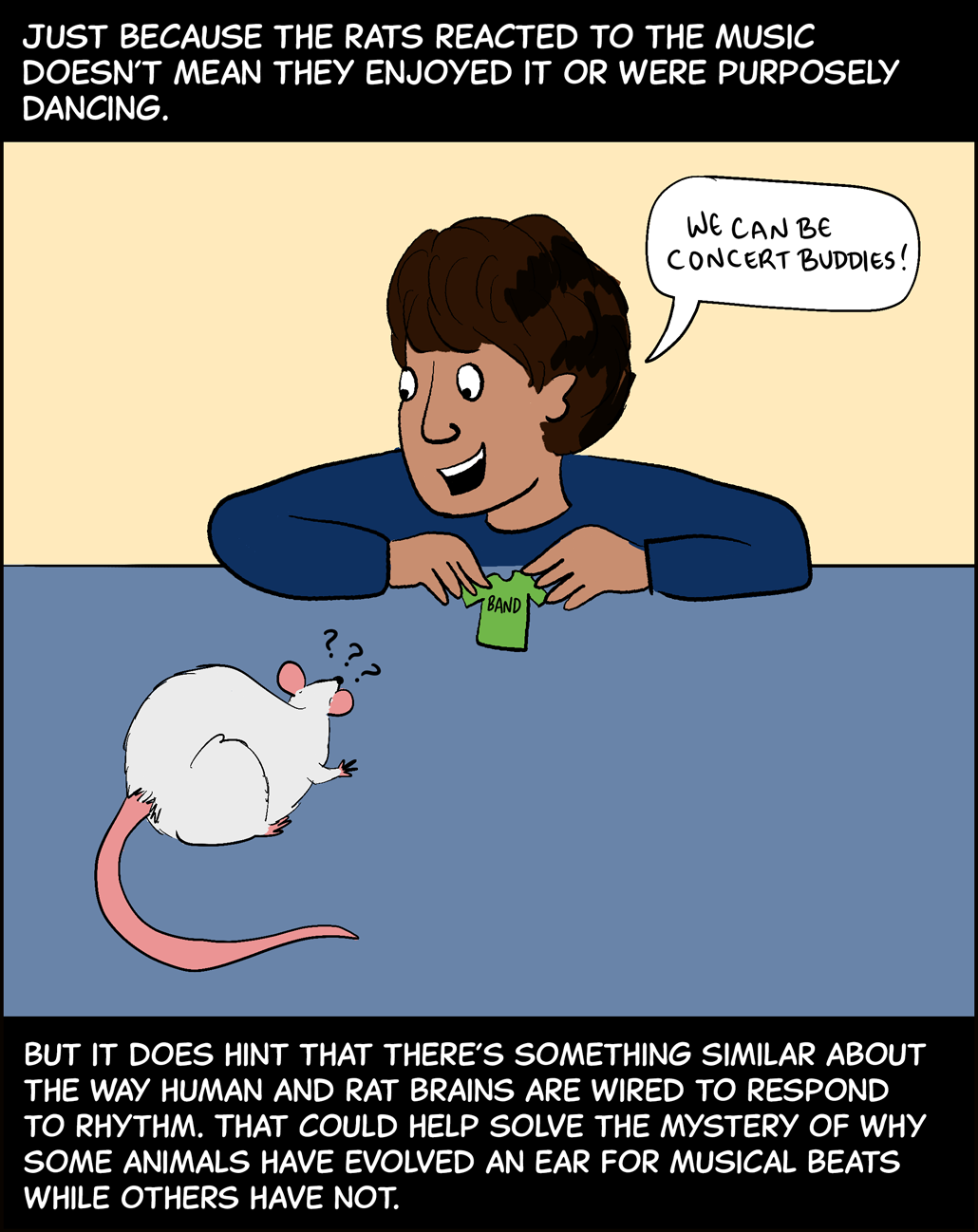colleague: Someone who works with another; a co-worker or team member.
engineer: A person who uses science and math to solve problems. As a verb, to engineer means to design a device, material or process that will solve some problem or unmet need.
mechanical engineer: Someone trained in a research field that uses physics to study motion and the properties of materials to design, build and/or test devices.
sensor: A device that picks up information on physical or chemical conditions — such as temperature, barometric pressure, salinity, humidity, pH, light intensity or radiation — and stores or broadcasts that information. Scientists and engineers often rely on sensors to inform them of conditions that may change over time or that exist far from where a researcher can measure them directly.
wireless: (in telecommunications) An adjective that describes the ability of certain devices to send and receive radio signals over the air. It often refers to Wi-Fi networks and the networks operated by cell-phone companies to transmit data called up by phone users.














